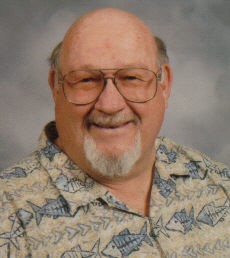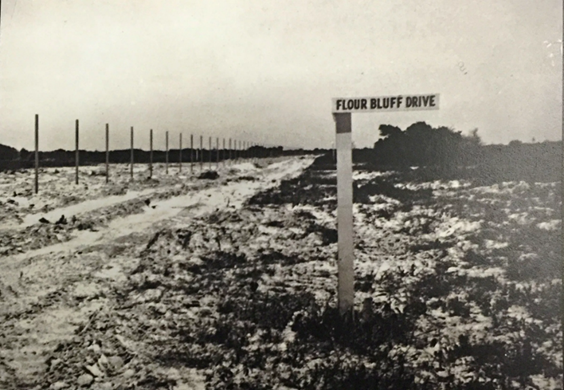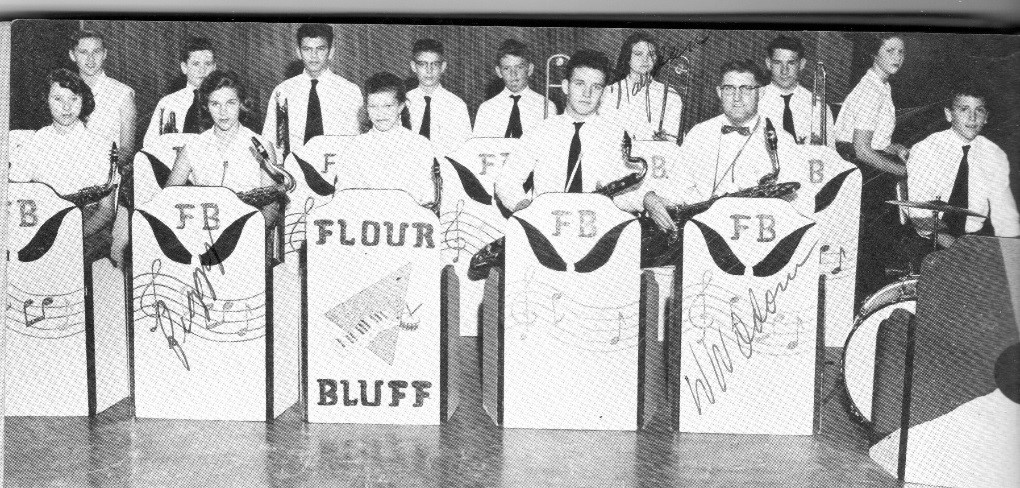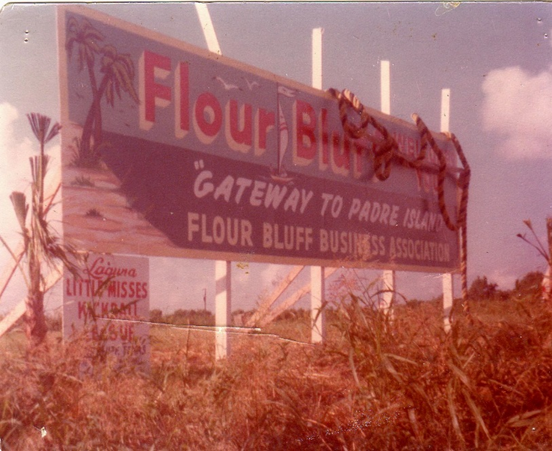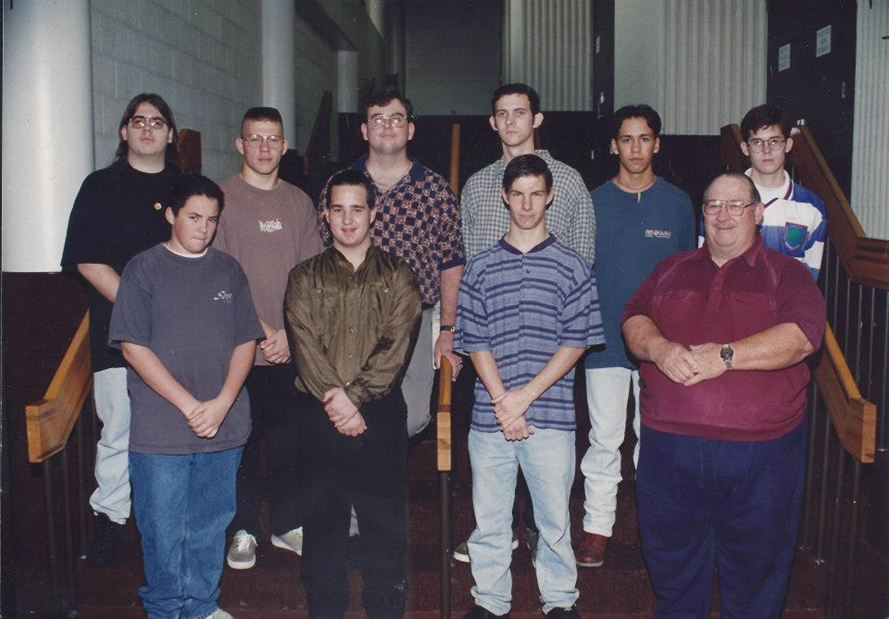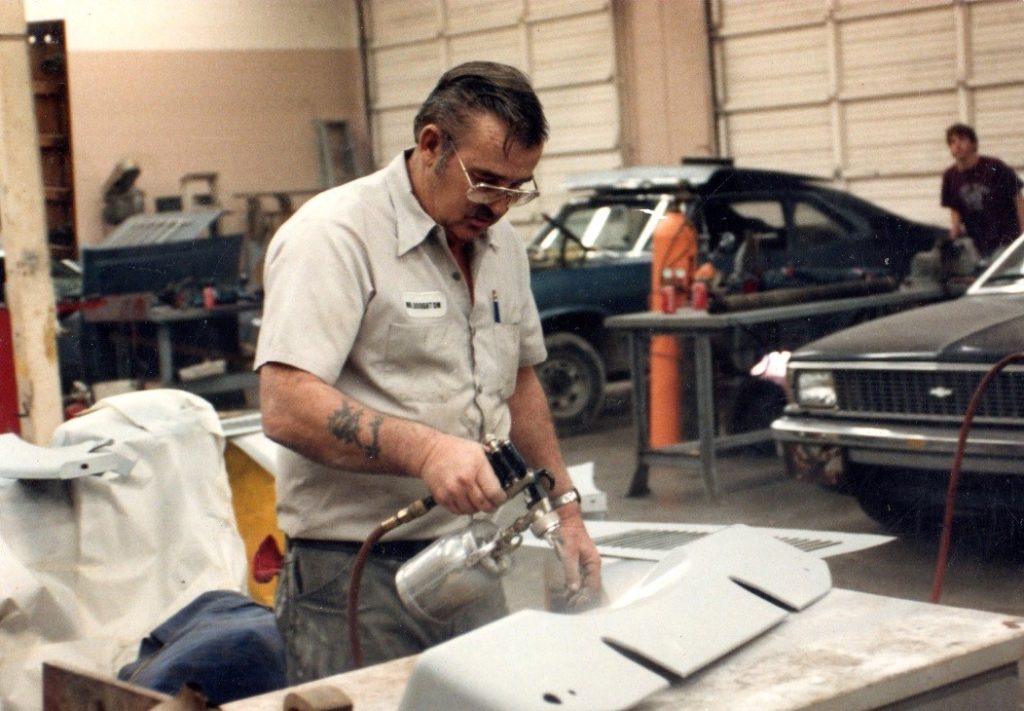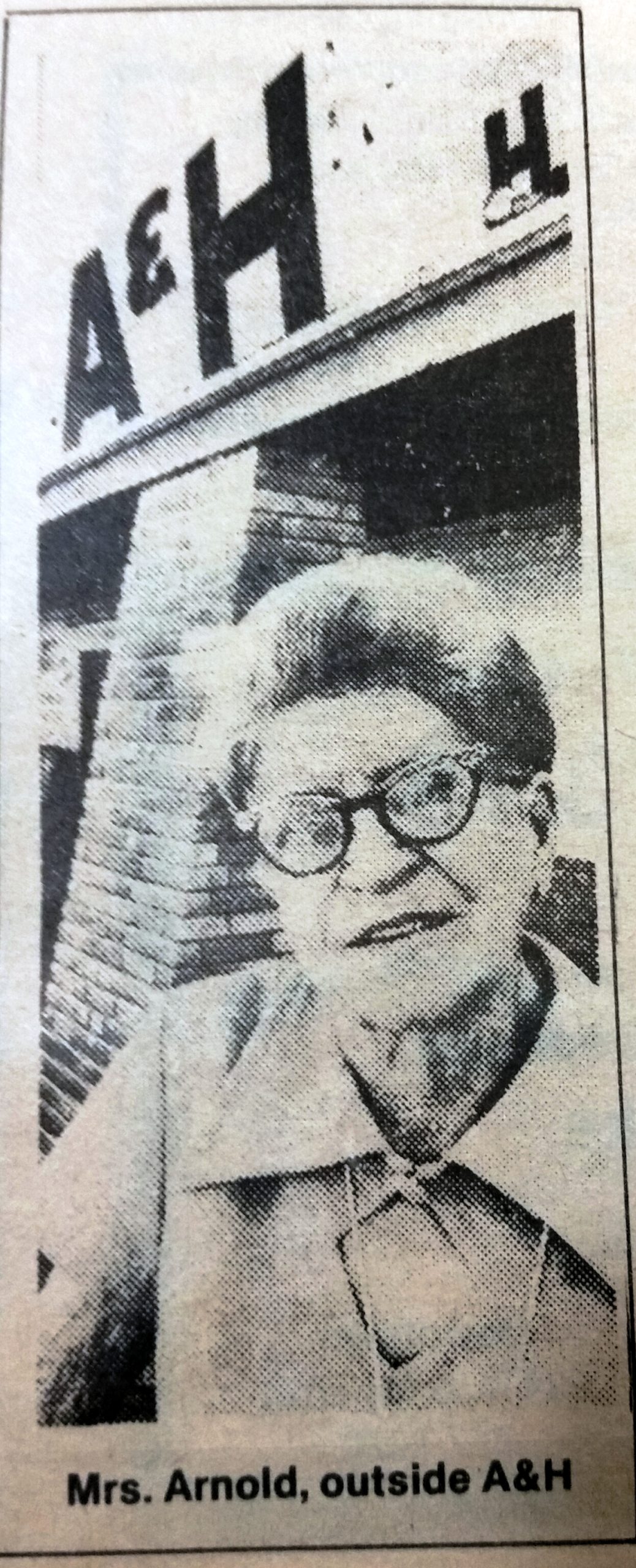To preserve the rich history of Flour Bluff, The Texas Shoreline News, will run historical pieces and personal accounts about the life and times of the people who have inhabited the Encinal Peninsula. Each edition will feature the stories gleaned from interviews held with people who remember what it was like to live and work in Flour Bluff in the old days. You won’t want to miss any of these amazing stories.
Don Crofton (Photo courtesy of Donald Crofton)
Don Crofton, who moved to Flour Bluff with his family in 1946, has fond memories of his life on the Encinal Peninsula. Don grew up on Flour Bluff Drive at a time when it was a sand road. At that time, the Flour Bluff community still had some farms and ranches, oil and gas wells, commercial fishermen, the Naval Air Station, a school that had recently become independent, a few small businesses, but no causeway to Padre Island. There were only two easy ways into Flour Bluff, crossing the Oso Bridge or Mud Bridge. One might have come across Ward Island through the Naval base, which often happened, or a brave soul might try to come across the King Ranch, which rarely occurred. Flour Bluff was not yet the Gateway to Padre Island and was still wild in so many ways.
Flour Bluff Drive, ca. 1940s (Photo courtesy of NAS Corpus Christi)
“I was dating Nadine Robinson. I had taken her home one evening and leaned over to give her a kiss. That’s when I saw a black mountain lion standing as close as from here to that lamp,” Crofton said pointing to a place in the room about eight feet away. “And being the smart guy I thought I was, I ran for my car as if it couldn’t outrun me! I got away, but I went back the next morning and saw where it had jumped through the fence and tore its hair off.”
Crofton said, “When we lived at our house on Flour Bluff Drive, we kept two guns by the back door, one with rock salt and the other with shells. We had a lot of mountain lions that would come in and tear up the rabbit cages and kill the rabbits. We knew they were coming off of King Ranch.” Every now and then, there are still reports of the mountain lions coming from King Ranch into Flour Bluff to do a little easy hunting. Just a few months ago, one was seen dragging a dog across Yorktown Boulevard. In some ways, the geographical location of Flour Bluff has kept it wilder than Corpus Christi proper.
Guns were essential tools for a Flour Bluff boy. Don, like many others who lived in the area, hunted behind their own houses. “My brother and I were hunting with .22s one day, and we saw a bald eagle near the Oso. It was something.” When asked if he ever slipped over to King Ranch to hunt, he said, “Now there’s a place people didn’t go when I was a kid. If you went on the King Ranch, you probably wouldn’t come back off there. They shot first and asked questions later.”
Crofton’s family raised chickens for eggs and meat. “We had chicken coops on skids – or runners. We would move the coops from place to place and plant watermelons where the chickens had been. We had the biggest watermelons around!” he said laughing. This method was one that Butch Roper recalls his grandfather using when they had a truck farm.
“I even rode a horse to school for a while,” said Crofton. “There was a hitching post out front of the school.” This practice was quite common in the early days of Flour Bluff, but a bit rarer in Crofton’s time.
Even school was little wild. “We had Sadie Hawkins Day and donkey basketball,” Crofton said, “in addition to the stuff other kids did, like band. I was in the band and played the trombone. Back then, they even took fifth-grade kids in the band. If you were big enough to carry a horn, you could be in the band. The school was small, so Mr. Yarborough, the band director, took everybody her could get. He made us march up Waldron, which was a concrete road, all the way to Yorktown and back. When I was in high school Mr. Odom was my band director.”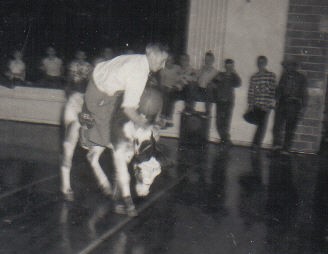
Donkey basketball (Photo courtesy of Don Crofton)
Flour Bluff Stage Band, 1957 (Photo courtesy of Don Crofton)
Talking about Waldron and Yorktown made Crofton think about a pond. “It was on the left side of Waldron just before you got to Yorktown. It was our local swimming hole,” he laughed. “My brother and I used to swim at a pond on the Dunn place. This was where they dipped the cattle, so there were chemicals – pesecticides – in the water. Today people would never do that! But, we all survived it.”
“Speaking of cattle,” continued Crofton, “the band traveled with the football team down to Mirando City. The game was held in a rodeo arena. When the band marched, we were dancing around the cow patties!”
“Kids just kind of took care of themselves back then,” Crofton said. “School let our early one time, and my brother, Johnny who was in kindergarten, decided not to go straight home. Instead, he stopped by Tom Graham’s place where we used to go slop hogs. That day he went into the barn where they kept Nelly, a big ol’ mare. He slapped her on the rump, and she hauled off and kicked him and peeled his scalp off! He survived it and has a scar that just grew into his hairline. Ol’ Nelly made a Texan out of him!”
Over the years, Crofton met many people and worked in lots of Flour Bluff businesses. “My first paying job was at Pick-a-Rib. I worked for Ralph Krause from 5 o’clock in the afternoon until 2 o’clock in the morning for 50 cents an hour. I walked home, and there weren’t any houses along the way.”
Other places of employment included Doughfit’s and a Texaco station owned by friend. He even ran errands for his mom’s dry-cleaning store. Crofton also worked for Eddie’s Bluff Saveway, a local grocery store owned by Eddie Buhider. There, Crofton painted signs for the store regularly. One day, Jerry Foy, who owned a business at the Y on NAS Drive, approached Crofton to paint a sign for the Flour Bluff Business Association, one that would stand for many years at the entrance of the little community. It welcomed those on their way to the Island and invited them to stop in. It even let everyone know about Laguna Little Misses Kickball League, a sport that originated in Flour Bluff in 1970.
Crofton painted this sign in parts on the ground because he was afraid of heights. (Photo courtesy of Don Crofton)
Crofton’s last job was at Flour Bluff High School where he taught electronics. There he worked with a man named Ralph Boughton. “If there was anyone on earth I’d like to be like, it’s Mr. Boughton,” said Crofton. “He helped more kids than anyone I ever knew. He taught mechanics at Flour Bluff, and he’d teach those kids right from wrong and tell them exactly the it was lovingly.”
Crofton with electronics students (Photo courtesy of Don Crofton)
According to Boughton’s obituary, Crofton was not the only person who thought highly of this man. “Retired as a decorated war veteran, Ralph served his country in the United States Marine Corps for more than 20 years. He enlisted in the U.S. Marine Corps in 1948 and served in both the Vietnam and Korean wars. Ralph was infantry man in the 2nd Marine division. He also was an optometrist, a game warden, and in a flame-throwing unit. He retired from the military in as a First Sergeant in 1968. Among his many decorations, Ralph received two bronze stars, and a purple heart for saving a man from a burning plane at Camp Lejeune, N.C. He loved serving his country and stood proud as a Marine, but Ralph’s greatest passion was teaching. “Mr. B” taught Auto Mechanics at Flour Bluff High School, where he met and influenced every person that walked through his shop doors. He praised and kept in touch with his students like they were his own kids until the very end. He was an intelligent man who loved to give. He was selfless and kind. He was an endless book of knowledge, and his love of reading was no secret, with stacks of books scattered throughout his house.”
Ralph Boughton, 1930-2011 (Photo courtesy of Don Crofton)
Crofton’s tales of growing up can make a person shiver at one moment and belly laugh the next, but in those stories, we find the real history of Flour Bluff. In them, we are reminded of people like Ralph Boughton. Though Flour Bluff has changed in some ways, it remains the same in others. The Encinal Peninsula is still the same size and shape. The population has increased, and the school has grown. New businesses have replaced old ones, and we are no longer considered the Gateway to Padre Island. But, people still have livestock of all kinds, and the community is still close. Many who live in Flour Bluff see the community as its own town, but that is another story for another day.
________________________________________________________________________________
Be sure to pick up the next edition of The Texas Shoreline News to read more about the days gone by in Flour Bluff. To share these stories about Flour Bluff history with others online, visit https://texasshorelinenews.com/.
The editor welcomes all corrections or additions to the stories to assist in creating a clearer picture of the past. Please contact the editor at [email protected] to submit a story about the early days of Flour Bluff.
